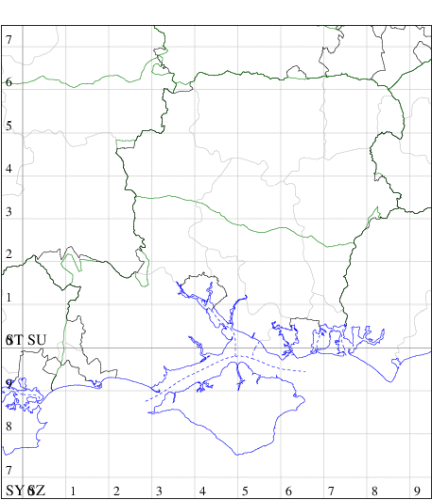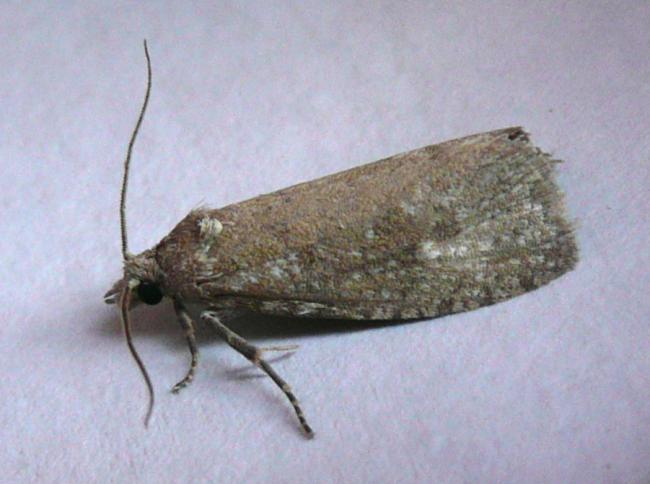Epiblema grandaevana
Checklist Number49.291 [B&F: 1181]
Verification
Record will require further evidence, at least a good photograph, unless CMR is aware recorder has confidence in identification
Classification
| Family: | Tortricidae |
| Subfamily: | Olethreutinae |
| Genus: | Epiblema |
| Species: | grandaevana |
| Authority: | (Lienig & Zeller, 1846) |
Vulnerable (proposed as a future Red Data Book species) on waste ground and cliffs in parts of north-eastern England, predominantly coastal. Unlikely to be recorded in Hampshire or on the Isle of Wight. Wingspan 21-36 mm. The largest and most robust of the British Olethreutinae, this species is further distinguished from E. turbidana by the fasciculate-ciliate antennae and the lighter ochreous-brown general coloration of the forewing, which lacks an ocellus [Bradley]. Larva feeds within roots of Colt's-foot and Butterbur.



